Propiocine
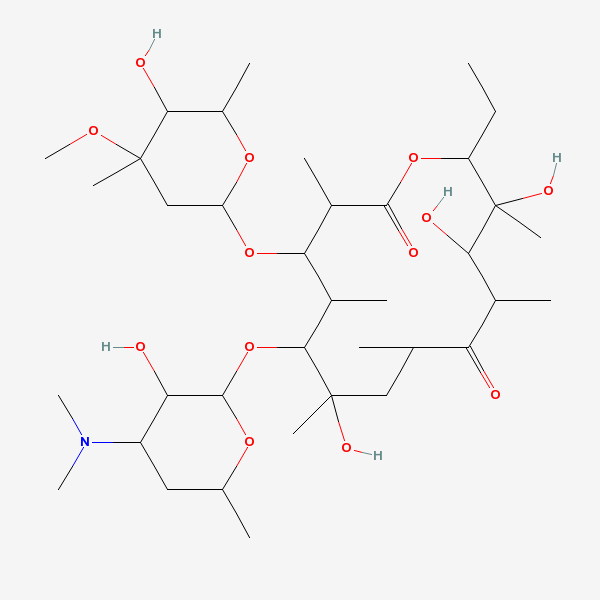 PubChem Notes:
PubChem Notes:
Erythromycin A bacteriostatic antibiotic macrolide produced by Streptomyces erythreus. Erythromycin A is considered its major active component. In sensitive organisms, it inhibits protein synthesis by binding to 50S ribosomal subunits. This binding process inhibits peptidyl transferase activity and interferes with translocation of amino acids during translation and assembly of proteins.
MediLexicon erythromycin - Medical Dictionary Definition for Term 'erythromycin'
[1. A macrolide antibiotic agent obtained from cultures of a strain of Streptomyces erythraeus found in soil; it is active against Corynebacterium diphtheriae and several other species of Corynebacterium, Group A hemolytic streptococci, Streptococcus pneumoniae, Legionella, Mycoplasma pneumoniae, and Bordetella pertussis; gram-positive bacteria are in general more susceptible to its action than gram-negative bacteria are. Available as the estolate, ethylcarbonate, ethylsuccinate, gluceptate, lactobionate, stearate, and salts; active against Legionella and Mycoplasma pneumoniae. Often used as a substitute antibiotic in penicillin-allergic patients.
Molecular Formula:
C37H67NO13
InChI: InChI=1/C37H67NO13/c1-14-25-37(10,45)30(41)20(4)27(39)18(2)16-35(8,44)32(51-34-28(40)24(38(11)12)15-19(3)47-34)21(5)29(22(6)33(43)49-25)50-26-17-36(9,46-13)31(42)23(7)48-26/h18-26,28-32,34,40-42,44-45H,14-17H2,1-13H3
InChIKey: InChIKey=ULGZDMOVFRHVEP-UHFFFAOYAC
SMILES: CCC1C(C(C(C(=O)C(CC(C(C(C(C(C(=O)O1)C)OC2CC(C(C(O2)C)O)(C)OC)C)OC3C(C(CC(O3)C)N(C)C)O)(C)O)C)C)O)(C)O
Names:
Abboticin
Erycinum
Erythrocin
Erythrogran
Erythromid
erythromycin
Ilotycin
Pantomicina
Pediamycin
Propiocine
6-(4-dimethylamino-3-hydroxy-6-methyl-oxan-2-yl)oxy-14-ethyl-7,12,13-trihydroxy-4-(5-hydroxy-4-methoxy-4,6-dimethyl-oxan-2-yl)oxy-3,5,7,9,11,13-hexamethyl-1-oxacyclotetradecane-2,10-dione
Registries:
PubChem CID 3255
PubChem ID 105539
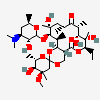
|
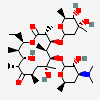
|
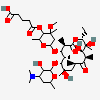
|
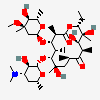
|
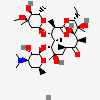
|
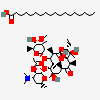
|
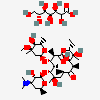
|
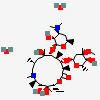
|

|
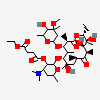
|
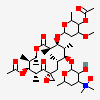
|

|
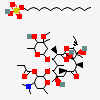
|
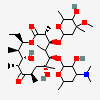
|
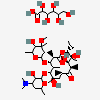
|
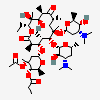
|
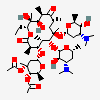
|
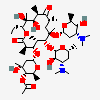
|
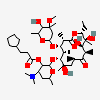
|
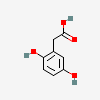
|
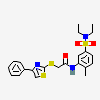
|






















